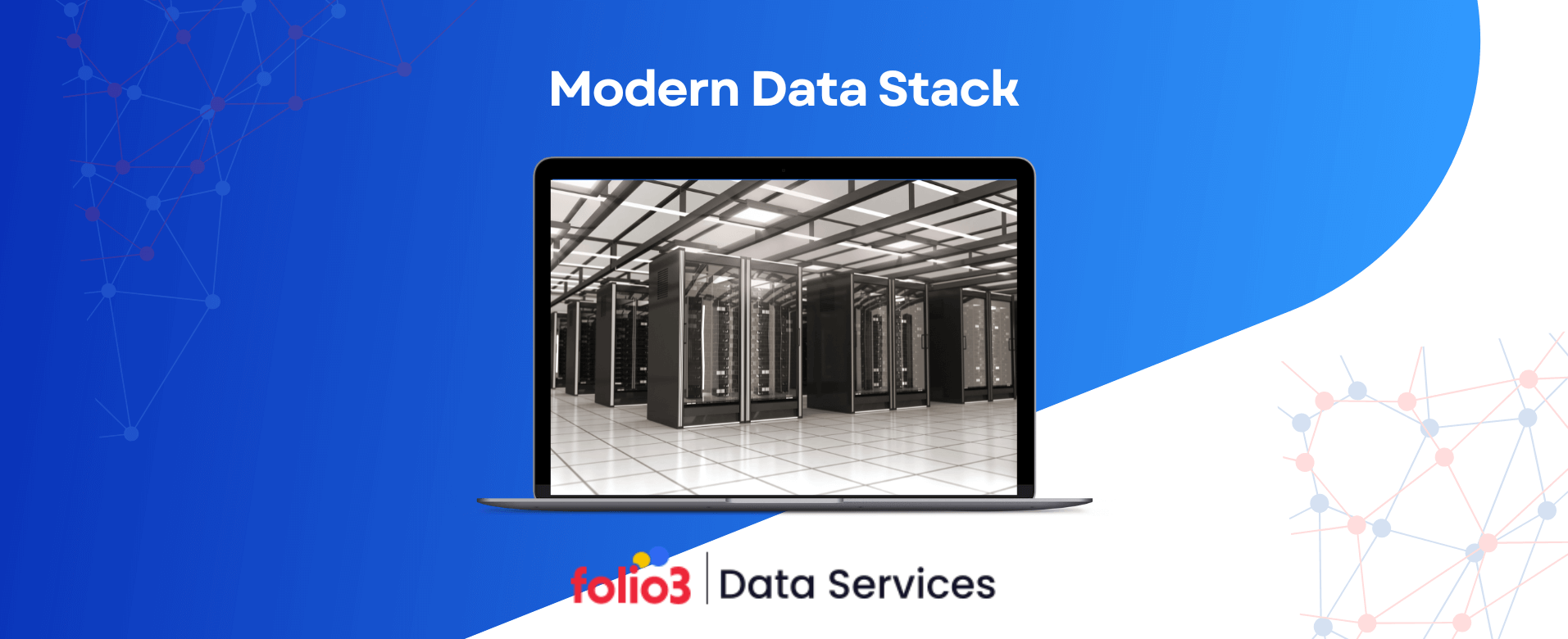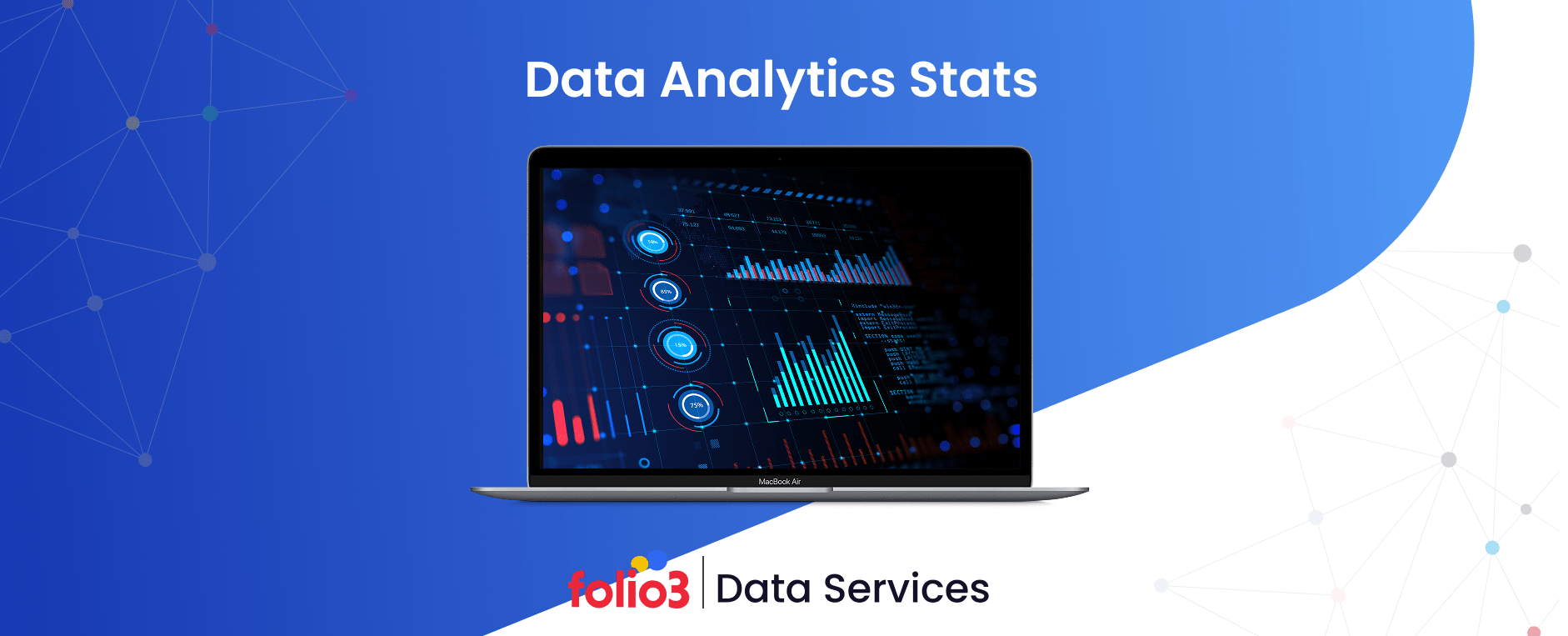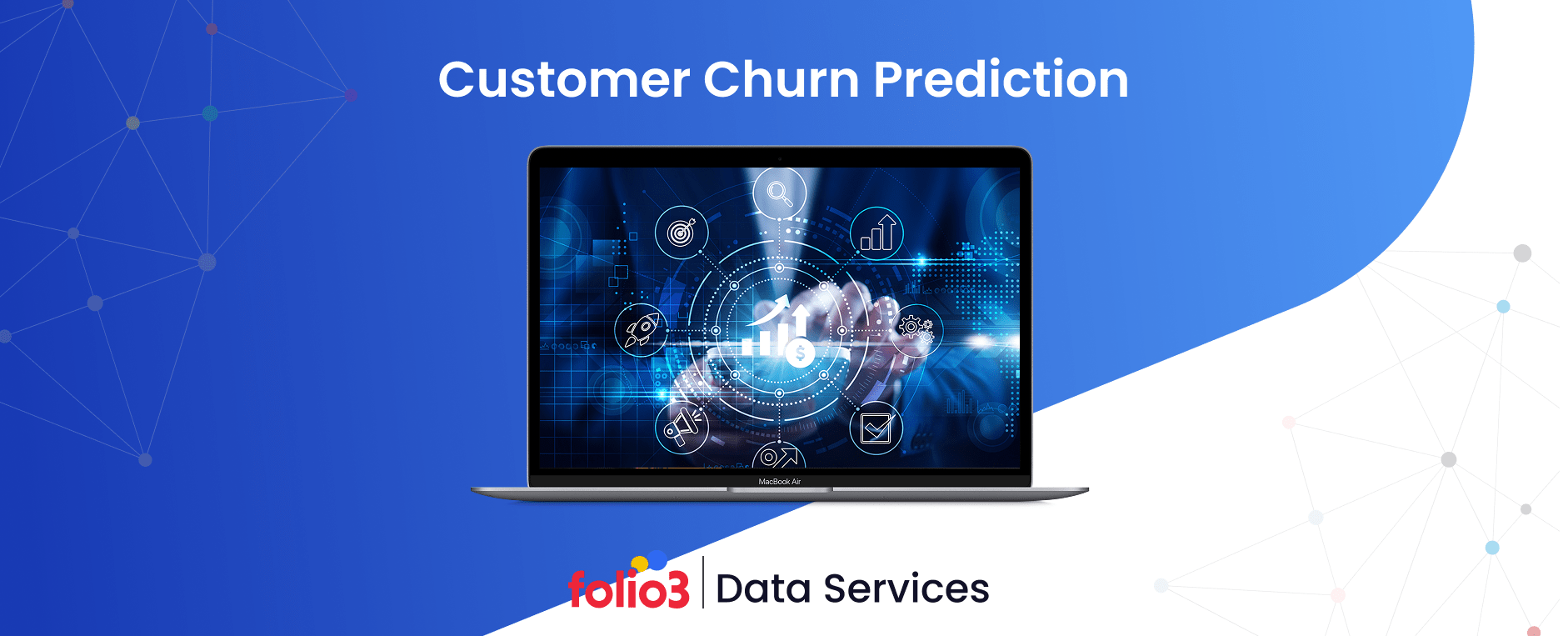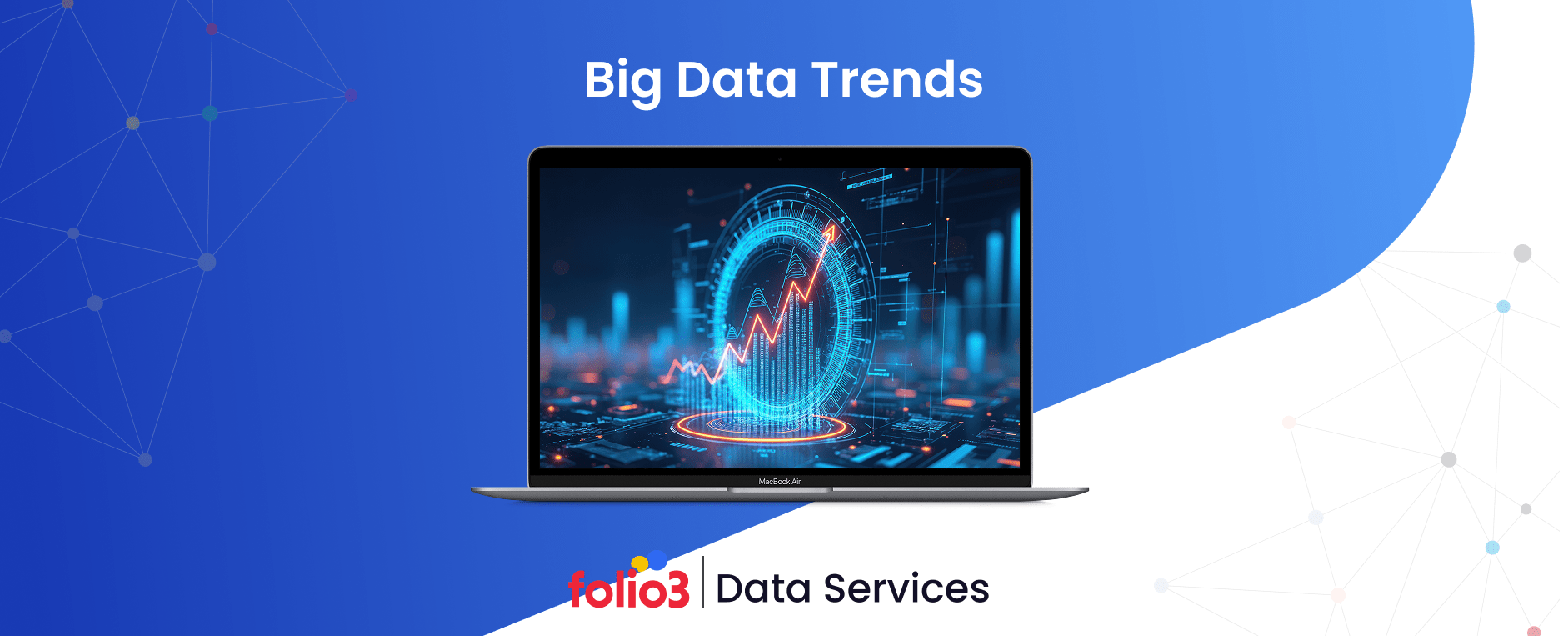Gone are the days when businesses could afford to rely on bulky, monolithic data systems that took months to deploy and even longer to adapt. In 2026, the modern data stack (MDS) has emerged as the go-to approach for organizations seeking to move quickly, remain agile, and make more informed decisions with data.
So, what is the modern data stack? At its core, it is a modular collection of cloud-native tools designed to streamline the collection, storage, transformation, and analysis of data. Unlike legacy systems, MDS is designed for scalability, flexibility, and speed qualities that today’s businesses cannot afford to compromise on.
It’s no surprise this approach has become a hot topic in data engineering, modern data analytics stacks, and business intelligence. With over 60% of enterprises having modernized their data infrastructure throughout 2025, according to IDC, understanding the tools and architecture behind MDS is no longer just optional—it’s a strategic imperative.
From lean startups building their first data pipelines to global enterprises optimizing multi-source analytics, and from data professionals to C-level decision-makers, the modern data stack offers a clear path to unlocking insights faster and more effectively.
In this blog, we’ll break down the components of the modern data stack, why it matters now more than ever, and how the right mix of modern data stack tools can completely reshape how your business makes sense of information.
What is the Modern Data Stack?
The modern data stack is a collection of cloud-based tools and technologies that work together to handle every step of the data lifecycle from ingestion and storage to transformation, analysis, and visualization. What makes it “modern” is not just the tech, but the way these tools are designed to be modular, scalable, and easy to integrate. Instead of relying on a single, all-in-one platform, businesses can now select the best tool for each task and incorporate them into a connected system that meets their specific needs.
Traditional Systems vs. Modern Data Stack
If you’re wondering what is modern data stack is compared to older data systems, think of the difference between using a custom-built race car versus a heavy-duty bus. Traditional systems were rigid, required months to implement, and often necessitated specialized teams for maintenance. The modern data stack, on the other hand, is built for speed and agility. You can spin up new tools in hours, not weeks, and adjust your stack as your business evolves.
Why the Modern Data Stack Is Gaining Momentum
The adoption of the modern data stack is accelerating for good reason. Over 70% of organizations say they plan to increase their investments in modern analytics tools within the next 12 months. This trend signals a clear shift in how businesses prioritize data accessibility, agility, and performance.
Who Should Care About the Modern Data Stack?
For companies aiming to stay competitive, understanding the modern data stack is not just a technical decision; it’s a business decision. Whether you’re part of a lean startup seeking to gain customer insights or a global enterprise aiming to unify complex data pipelines, the modern stack provides a flexible framework for building a smarter, faster analytics ecosystem.
Core Components of the Modern Data Stack
The modern data stack is more than just a buzzword—it’s a strategic blueprint for how modern businesses handle data efficiently and intelligently. Unlike legacy systems, which often bundle everything into a single, slow-moving monolith, the modern data stack breaks the workflow into modular pieces. This enables teams to utilize the appropriate tools for specific tasks, all working together to deliver timely insights and inform better decisions.
Let’s explore the core building blocks of a well-functioning modern data analytics stack:
1. Data Sources
The starting point of any data journey is the source. In today’s digital economy, businesses generate and collect data from a variety of channels—CRMs like Salesforce, eCommerce platforms like Shopify, marketing tools like HubSpot, payment processors like Stripe, IoT sensors in agriculture, and internal applications, just to name a few.
These systems produce vast amounts of structured and unstructured data. The challenge is to consolidate all this data into a single, usable format without compromising on speed or accuracy. That’s where the rest of the stack comes in.
2. Data Ingestion Tools
Once data sources are identified, ingestion tools (like Fivetran or Airbyte) help extract data from various systems and load it into a centralized repository. These tools are key to building a reliable data analytics strategy that ensures smooth, automated data pipelines without constant engineering intervention.
Popular tools like Fivetran, Airbyte, and Stitch are often used for this purpose. They offer pre-built connectors to dozens or even hundreds of data sources, eliminating the need for custom scripts or manual uploads. These tools support Extract and Load (EL) workflows, ensuring raw data is pulled quickly and reliably into storage.
In fact, according to a 2024 report by Forrester, organizations using automated ingestion tools saw a 40% reduction in data pipeline maintenance time, freeing up valuable engineering resources.
3. Data Storage Layer
Once data is ingested, it requires a secure and scalable place to reside. This is where cloud data warehouses come in. Tools like Snowflake, Amazon Redshift, Google BigQuery, and Azure Synapse are the backbone of the modern data stack tools ecosystem. They offer robust, cloud-native storage designed to handle large-scale analytical workloads.
These platforms are designed to decouple storage and compute, allowing businesses to scale efficiently based on usage. You only pay for what you use, and compute resources can scale up or down depending on the task. This flexibility is one of the key reasons why cloud data warehouses have become a foundational component of the modern data stack.
4. Data Transformation Tools
Raw data isn’t beneficial until it’s cleaned, structured, and enriched. That’s the job of data transformation tools, which take ingested data and prepare it for analysis and interpretation. The most popular tool in this category is dbt (Data Build Tool).
DBT enables data teams to write SQL-based transformation scripts, version control them using Git, and run transformations directly within the warehouse. This “ELT” approach—Extract, Load, then Transform—is favored in the modern stack because it leverages the power of cloud data warehouses.
By transforming data in-database, businesses reduce latency and keep data closer to the source, which increases security and performance.
5. Business Intelligence & Analytics
With clean, structured data in place, it’s time to unlock insights. This is where Business Intelligence (BI) tools come into the picture. BI tools are the face of the modern data analytics stack, enabling teams to build dashboards, generate reports, and create data visualizations that inform real business decisions.
Popular tools include Looker, Tableau, Power BI, and Mode. These platforms allow both technical and non-technical users to explore data, apply filters, and generate insights with minimal hand-holding from engineers.
Real-time dashboards, powered by business intelligence (BI) tools, are now central to decision-making in every department—from sales and marketing to operations and finance. According to Gartner’s 2025 forecast, data-driven organizations are 23 times more likely to acquire customers and 19 times more likely to be profitable—a testament to the power of modern BI.
6. Reverse ETL & Operational Analytics
While traditional analytics focuses on pulling data into dashboards, reverse ETL is about pushing insights back into business tools, such as CRMs, support platforms, and ad networks. This helps bridge the gap between analytics and operations.
For instance, customer segments built in your data warehouse can be sent to HubSpot for personalized email campaigns, or product usage data can be piped into Zendesk for better support workflows.
Reverse ETL tools, such as Hightouch and Census, make this possible. They operationalize analytics by enabling real-time decision-making where it counts—inside the apps teams already use. This capability is crucial in today’s competitive environment, where timely action often makes the difference. Businesses that use operational analytics are 33% more likely to exceed customer expectations.
7. Orchestration & Monitoring
A modern data stack relies on multiple tools running in harmony. If one tool breaks or a pipeline fails, it can affect dashboards, decisions, and even operations. That’s why orchestration and monitoring are essential.
Orchestration tools, such as Apache Airflow, Prefect, and Dagster, enable teams to schedule, coordinate, and monitor workflows across the entire stack. They ensure that each job runs in the correct order and alert you if anything goes wrong.
Monitoring tools, such as Monte Carlo and Datafold, add an extra layer of reliability by detecting data anomalies, pipeline breaks, or schema changes. These tools help ensure that your data stays accurate and trustworthy.
8. Data Governance & Quality
As data becomes more accessible across the organization, governance and quality control are critical. This includes defining who can access what data, tracking data lineage, ensuring compliance with regulations like GDPR, and maintaining consistent definitions across teams.
Tools like Collibra, Alation, and Atlan aid in cataloging data assets, managing access policies, and fostering a data-driven culture built on trust. Quality tools, such as Great Expectations, validate datasets at each step to ensure they meet defined standards.
Strong governance not only reduces compliance risks—it also boosts confidence in the analytics outputs, ensuring teams are acting on reliable information.
Benefits of the Modern Data Stack
Using a modern data stack isn’t just a technical upgrade—it’s a competitive advantage. Businesses today face pressure to make decisions more quickly, reduce costs, and empower teams with accurate and reliable data. The modern data stack addresses all of these needs by providing a flexible, cloud-native framework that’s built for speed, scale, and simplicity.
Here’s a closer look at the key benefits of implementing a modern data analytics stack:
1. Faster Time to Insights
In today’s market, speed matters. One of the most discussed advantages of the modern data stack is its ability to enable teams to transition from raw data to actionable insights rapidly. With cloud-based ingestion tools, automated transformations, and real-time dashboards, organizations can now eliminate the need to wait weeks for reports or custom scripts.
78% of organizations reported faster decision-making after implementing modern data stack tools. From marketing teams analyzing campaign performance to executives tracking key performance indicators (KPIs), quicker insights lead to smarter decisions.
2. Lower Engineering Overhead
Traditional data pipelines required significant effort from engineering teams—custom connectors, manual ETL processes, and ongoing maintenance. That’s no longer the case. Today’s modern data stack tools are plug-and-play, with low-code interfaces and built-in automation.
This means data engineers spend less time building and more time optimizing. Tools like Fivetran, dbt, and Snowflake handle the complex parts, while data engineering services help organizations design scalable, efficient pipelines that support long-term growth. For growing teams, this shift is massive. It reduces bottlenecks and enables data teams to support more business users without burning out.
3. Cost Efficiency with Usage-Based Pricing
Legacy systems often came with large up-front licensing fees and long-term contracts. In contrast, the modern data stack typically operates on a pay-as-you-go model, which means companies only pay for what they use—whether it’s storage, compute, or integration.
This model provides startups and mid-sized businesses with access to enterprise-grade tools without exceeding their budget. Need to scale back during a slow season? No problem. Usage-based pricing keeps costs aligned with business activity.
4. Democratized Data Access for Non-Technical Teams
One of the strongest arguments in favor of a modern data stack is its ability to make data accessible to everyone, not just analysts and engineers. With intuitive BI tools and pre-modeled datasets, non-technical users can explore insights independently, without relying on SQL queries or waiting in line for reports.
This shift empowers marketing, sales, HR, and finance teams to ask more informed questions, test ideas more quickly, and act on real-time information. For example, industries like veterinary care are adopting pet care data engineering solutions to enable clinic staff, not just IT teams, to access insights from health records, appointment data, and customer interactions—helping improve patient care and client satisfaction.
Companies that empower non-technical teams with data access are 2.4x more likely to exceed revenue goals. That’s the power of data democratization—turning every team into a data-driven team.
5. Easier Scaling with Business Growth
The modular nature of the modern data analytics stack means you can start small and scale as needed. Whether your team grows from 5 people to 50 or you expand operations globally, your data stack can grow with you.
Cloud-native tools handle spikes in data volume, increased query volumes, and new data sources without requiring major overhauls. You’re not locked into a rigid architecture—you build what you need, when you need it.
For example, one leading e-commerce brand saw its daily data volume triple in six months. Thanks to their modern stack, they scaled seamlessly by adjusting compute resources on Snowflake and adding new reverse ETL destinations for customer engagement, all without downtime or engineering delays.
Emerging Trends in the Modern Data Stack
The world of data is constantly evolving, and the modern data stack is no exception. As businesses increasingly rely on data to inform decision-making, new trends are emerging that are reshaping the landscape of data analytics and management. From advanced AI/ML integrations to real-time streaming, these trends are setting the stage for the next generation of data infrastructure.
Let’s explore some of the most exciting emerging trends in the modern data stack:
1. Data Contracts and Observability
As organizations handle more complex datasets, ensuring the quality and reliability of data becomes even more critical. Data contracts and observability are emerging as fundamental practices in the modern data stack.
A data contract defines the expectations and agreements between different parts of the data pipeline (e.g., between data producers and consumers). It specifies the format, quality, and schema of the data to ensure consistency across different systems and teams.
Observability refers to the ability to monitor and trace data across the pipeline. With advanced tools like Monte Carlo and Datafold, teams can track data quality in real-time, detect anomalies, and ensure that data adheres to set contracts. The rise of these practices coincides with businesses’ increasing demand for more reliable, traceable, and compliant data.
2. Real-Time Analytics and Streaming Data (e.g., Apache Kafka, Materialize)
Real-time analytics is one of the most impactful trends in the modern data stack. Businesses are no longer satisfied with batch processing that takes hours or days to deliver insights. The demand for real-time analytics has surged, as organizations must act on data instantly to remain competitive.
This has led to the integration of streaming data tools, such as Apache Kafka and Materialize, into the stack. These platforms enable businesses to process and analyze data as it is generated, providing insights that can be acted upon immediately.
Many organizations also rely on data integration consulting services to effectively implement these real-time analytics pipelines and ensure smooth adoption of streaming technologies.
For example, e-commerce platforms can utilize real-time analytics to monitor inventory levels and update product availability in real-time. Or, marketing teams can track customer interactions in real-time, personalizing recommendations on the fly.
3. AI/ML Integrations into the Stack
The integration of AI/ML (Artificial Intelligence and Machine Learning) into the modern data stack is a rapidly growing trend. AI/ML models are becoming integral to automating data processing, enhancing data analysis, and predicting future trends.
For example, AI-based data extraction can automatically clean, categorize, and enrich information before it is stored in the warehouse. Machine learning algorithms can then uncover hidden patterns, forecast sales trends, or provide personalized product recommendations based on customer behavior.
The addition of AI/ML integrations into the stack provides businesses with advanced capabilities without requiring a dedicated data science team. Platforms like Databricks, Google AI, and Azure ML make it easier than ever to integrate machine learning models directly into the data pipeline.
4. Unification of Data Lakehouse Models (e.g., Databricks, Snowflake)
The concept of data lakehouses has emerged as a solution to the limitations of both data lakes and data warehouses. A data lakehouse combines the best of both worlds, providing the flexibility of a data lake with the structure and performance of a data warehouse.
Platforms like Databricks and Snowflake have adopted this model, enabling businesses to manage large volumes of both structured and unstructured data within a unified storage environment. By bridging the gap between the two, data lakehouses make it easier to work with diverse datasets, reducing the need for multiple separate systems.
In many cases, organizations turn to data lake consulting to help architect and optimize these environments, ensuring seamless integration and scalability.
For example, an agricultural business can combine IoT sensor data from farming equipment (unstructured) with customer data from its CRM (structured) in a lakehouse model, enabling richer insights and better decision-making.
5. Low-Code/No-Code Analytics Tools
Accessibility is empowering teams. Data analytics support the rollout of user-friendly platforms that allow non-technical users to engage with data meaningfully.
Tools like Power BI, Tableau, and Looker are leading the way in democratizing data access. By providing intuitive interfaces with drag-and-drop functionality, these platforms empower teams across departments—marketing, sales, HR, and operations—to leverage data for decision-making without relying on data engineers or analysts.
This democratization of data is particularly valuable in organizations seeking to foster a data-driven culture. It also reduces the burden on IT and data teams, enabling them to focus on more complex and high-impact tasks.
Conclusion
The modern data stack is reshaping how organizations manage and leverage data. With faster insights, scalable infrastructure, and accessible tools, it empowers teams across the board — from analysts to decision-makers. As trends such as real-time analytics, low-code tools, and AI integrations gain momentum in 2026, staying updated and adaptable is crucial.
Now is the time to adopt a modern data stack strategy that enables smarter, faster, and more informed business decisions. Folio3 analytics services can help organizations implement this strategy effectively, providing scalable infrastructure, actionable insights, and seamless integration across data workflows.



